
 Verti-Crete walls can be customised to fit any landscape or style.
Verti-Crete walls can be customised to fit any landscape or style.
An innovative technology that allows the creation of a stone-line finish on both sides of a precast wall, while offering efficiency and space savings in the production process will be promoted by its pioneer Verti-Crete of the US.
The company, which made its debut at the Big 5 show last year, reports excellent response to its Verti-Crete and is returning to the show this year confident of similar success.
“Stone-like finishes in concrete have become increasingly common on one side of a wall, but to precast one with a moulded finish on both sides was earlier an impossible task. Verti-Crete in Salt Lake City, Utah, has pioneered an innovative system using gravity, that has made stone-like moulded finishes on both sides of precast concrete possible,” says Elizabeth Weight, a spokesperson for Verti-Crete.
The product was developed in response to the demand for patterns on both sides of the wall.
“Today Verti-Crete (whose name originates from “vertical concrete”) has become an international force that’s turning the precast industry, and its wall panels, on its head, literally,” she adds.
Tracing the evolution of Verti-Crete, she says: “After years in the sand and gravel and ready-mix business, Butch Baker and Dave Balls decided to branch out into precast concrete. Their first product was a mould for precast window wells that used a polyurethane liner to create a texture of stone in the moulded concrete. Unsure if the market would accept their new product, they called their new company “Owell Precast’ a play “oh well” in case their customers do not like their window wells!’”
From decorative window wells they expanded into wall panels. “Customers seemed to love the walls but kept asking us to put a pattern on the other side as well,” says Baker. “Using a liner and a steel casting bed was all it took to get a single-sided panel, but doing something with the other side was a real challenge. Rolling or stamping a pattern on the back was better than nothing, but it still couldn’t produce a design as authentic as the moulded side.”
The company quickly realised that the only way to get the same moulded finish on both sides would be to stand the form up and pour it vertically. They experimented through a series of iterations and finally arrived at the solution: A full-sized battery mould with the strength to handle the hydraulic pressure of over 10 cu m of concrete while remaining water-tight. They called the new form the ‘Panel Stacker System’. In this innovative forming system, each wall cavity is separated by a polyurethane-lined steel divider sheet. By pouring the concrete panels vertically between two moulded surfaces, they were able to achieve an “A” quality moulded stone pattern on both sides of each panel.
To go along with the new panel system, Owell developed a Post Stacker System on a similar premise. Pouring a precast post in a vertical mould would allow for a similar stone pattern on all sides of the post. The company, however, went one step further. It developed a proprietary method of wrapping the polyurethane liner all the way around the corners, creating a column that looked and felt like real stone on all sides. The new precast columns were installed on top of pier footings and secured by a rebar anchor. “Not only was the new method more stable and forgiving, it made the walls three times as fast to install. A crew of three people could now install over 150 running meters per day,” says Baker.
From this innovation and the desire of other precasters to be able to use Owell’s new system, Verti-Crete was established in 2002.
While the initial objective was to produce a double-sided wall, its Stacker system also saved labour and overall production costs. As managing partner, Mike Sharp puts it: “What used to take a football field full of steel beds can now be produced in a 3 m by 5 m area.”
The space-savings alone can mean the difference in being competitive for many precasters around the world where production space is at a premium, according to him.
The key to the system’s efficiency lies in its unique design. Sharp explains the process: “The form is self-supporting, with the strength coming from the heavy-duty steel frame around the perimeter. The steel and polyurethane divider sheets provide the moulded stone pattern – the sides and bottom gaskets provide a watertight seal. The panels are poured at the same time allowing the bulk of the force to be handled by the outside frame. This does away with any need for tie rods (common in foundation walls) that leave unsightly holes that would need to be patched afterwards. The double-sided pattern is what we really wanted, but it’s the system’s efficiency that knocks this one out of the park.” The entire process only takes about 30 minutes.
Today Verti-Crete claims to be the largest and fasting-growing vertical precast fence mould manufacturer in the world with customers throughout North and Central America, Europe, Africa, Australia and is now entering the Middle East. The company’s custom mould shop enables it to adapt its technology to meet the unique architectural style requirements of each market.
Verti-Crete has been exhibiting at international construction trade shows for years and began exhibiting at the Big 5 show in Dubai last year. It looks forward to its participation this year, with demand for Verti-Crete walls increasing consistently in the Gulf region.
Explaining its growth in this region, Sharp says: “Demand for Verti-Crete walls in the Gulf has increased for many reasons. First, security is an ever-growing concern facing nearly every country in the region. The increased need for security is paralleled by a rising demand for fences and walls to provide protection for residences and business alike. Verti-Crete’s concrete fences offer a perfect solution: quick installation, durability and a stunningly realistic stone texture at a fraction of the cost.
“Verti-Crete’s unique design results in a fence that is extremely durable. Because there are natural expansion joints every 4 m at each column, Verti-Crete fences are able to endure the effects of expansive soil, extreme changes in temperature, and high wind loads, without cracking or crumbling. In addition to being strong, Verti-Crete fence walls are beautiful and can be customised to fit any landscape or style.”
The company is also adept at customising its products to suit local tastes. It created a Lava Rock texture to match local wall styles when it expanded into the Pacific Islands. The company is also currently developing five new patterns to accommodate the discerning styles in the Italian market, including an Old World mixed stone and brick texture.



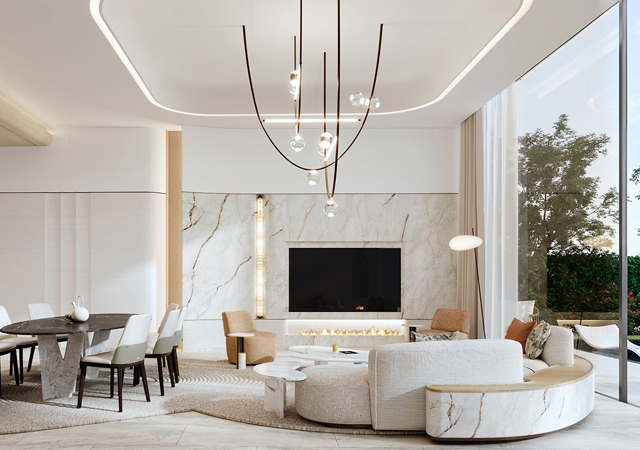
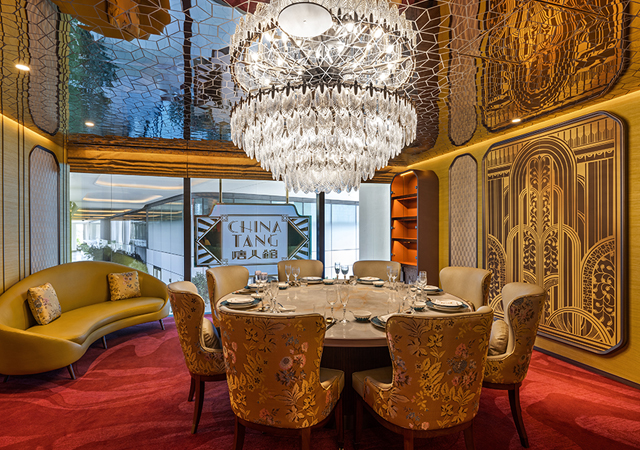
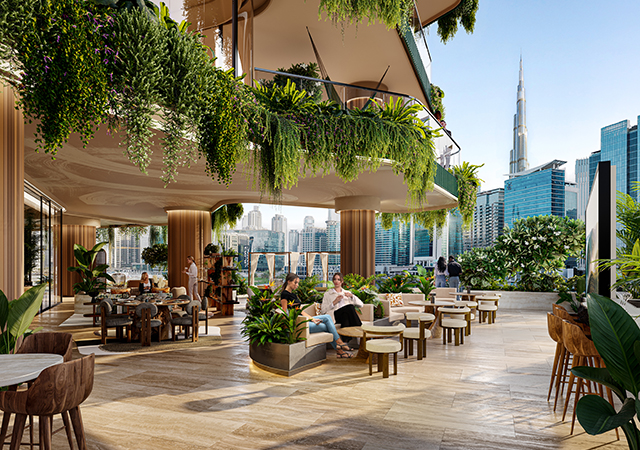
.jpg)


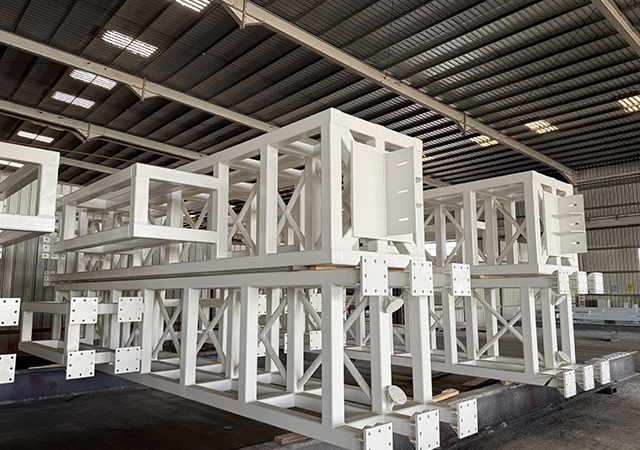
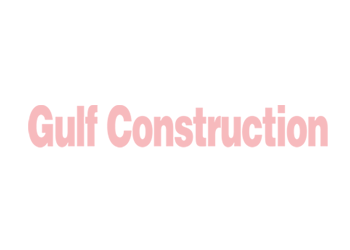
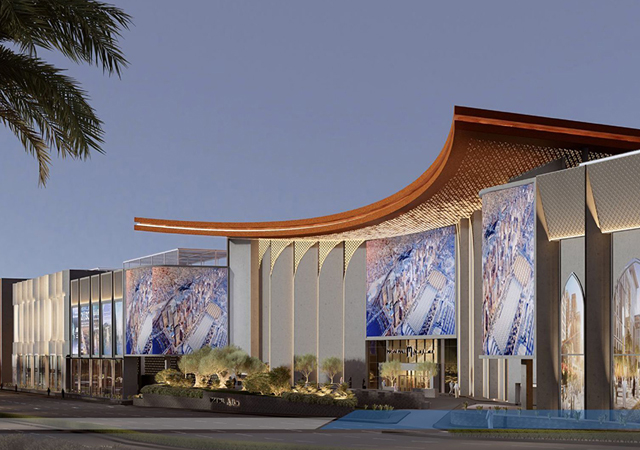
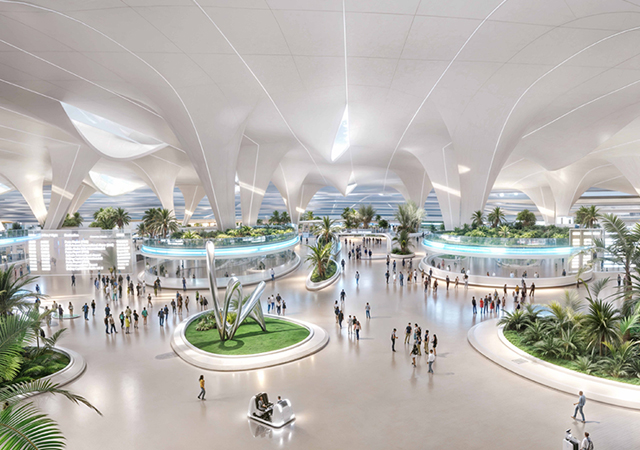
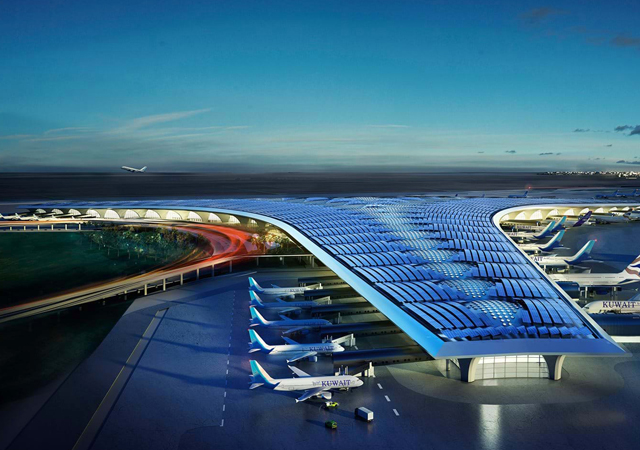
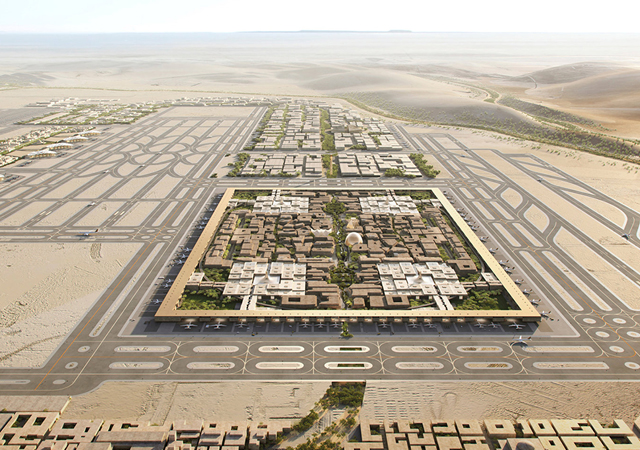
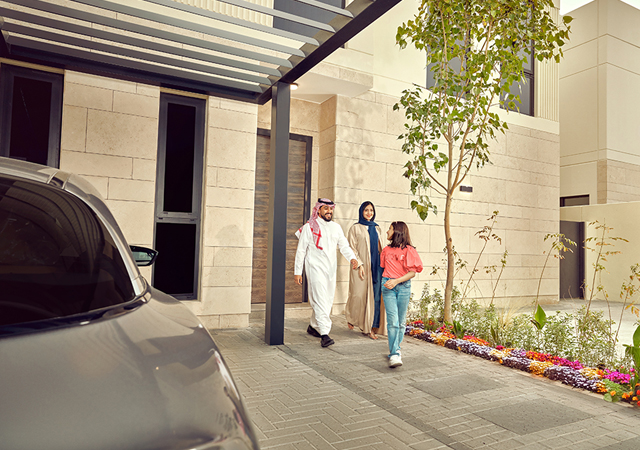
.jpg)

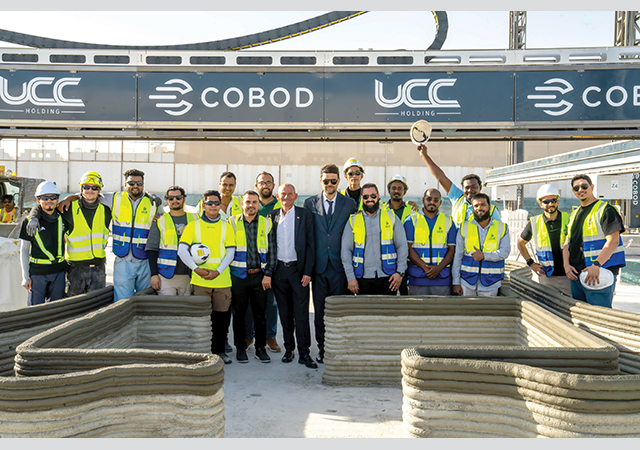
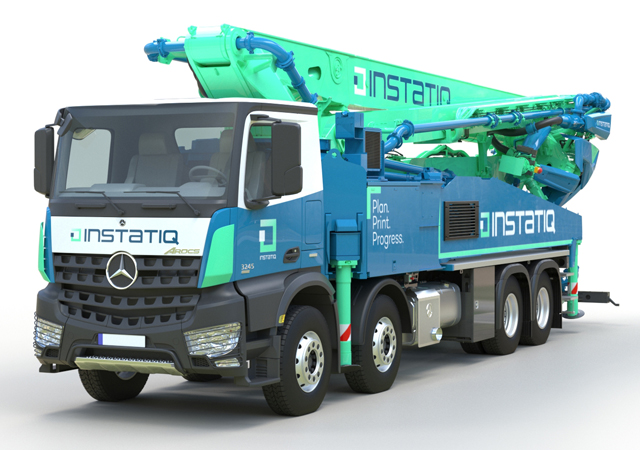
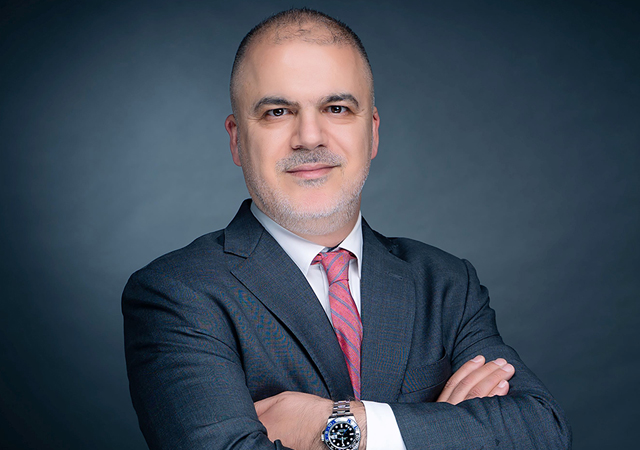

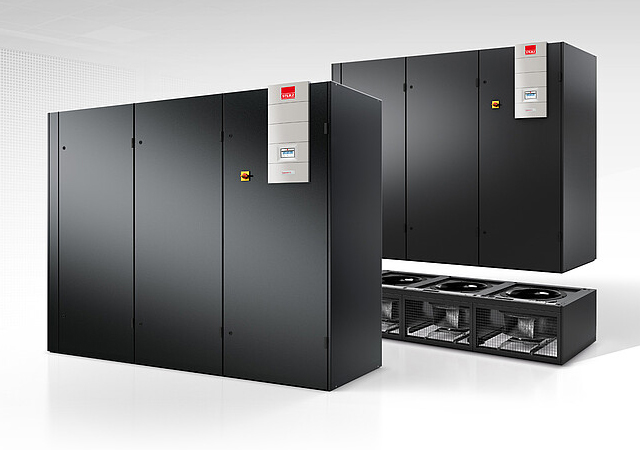
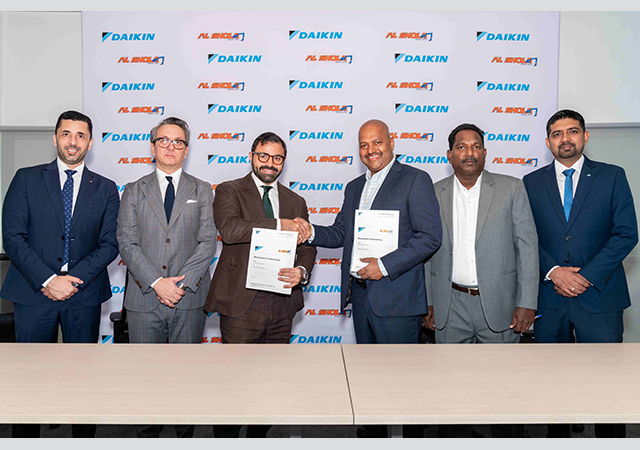
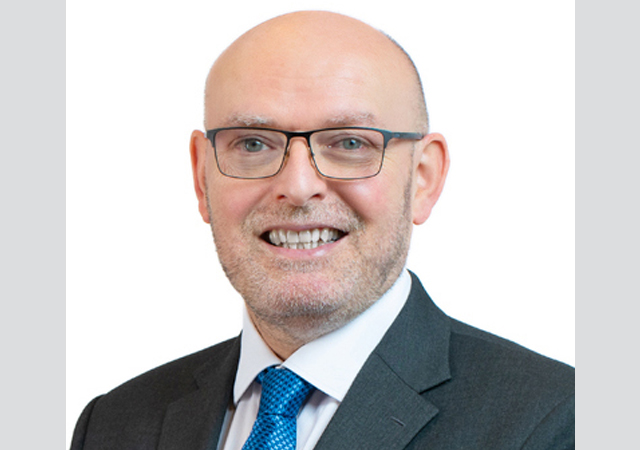
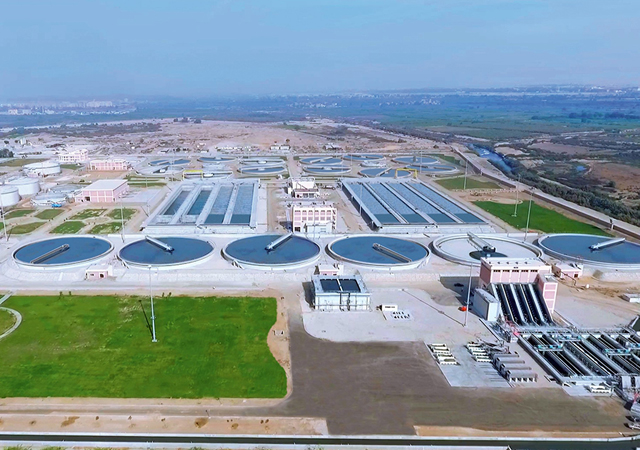

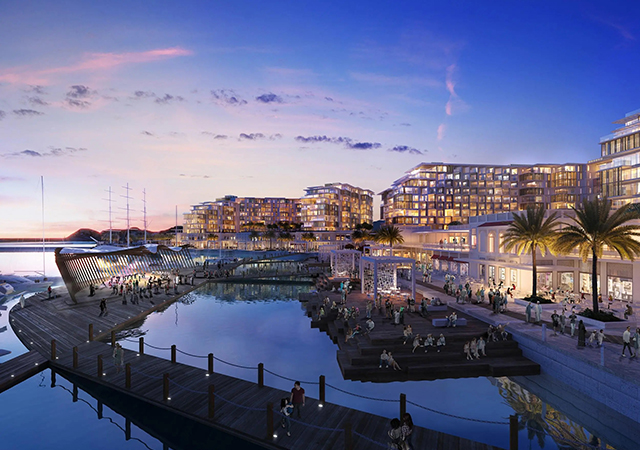
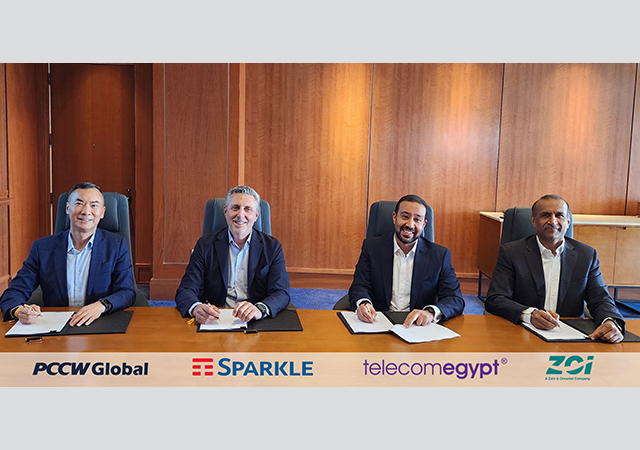
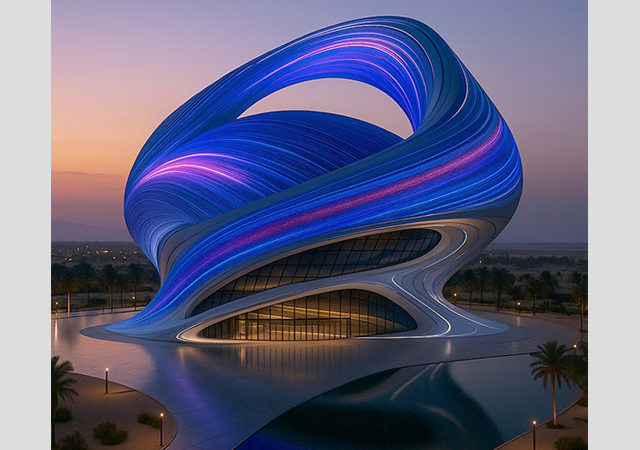

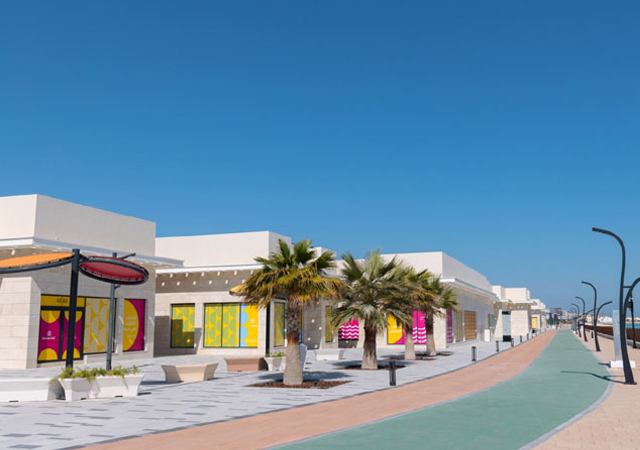
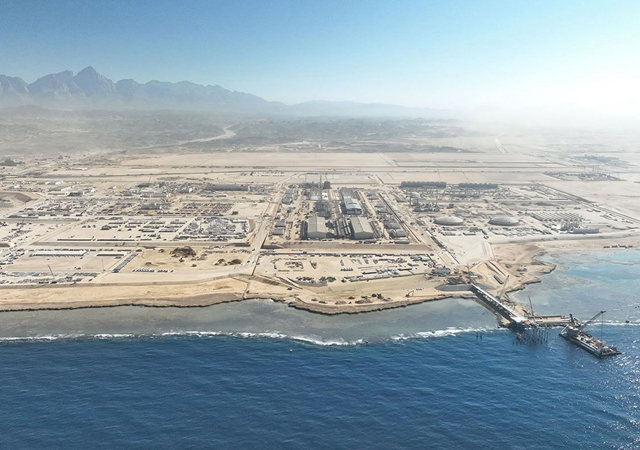
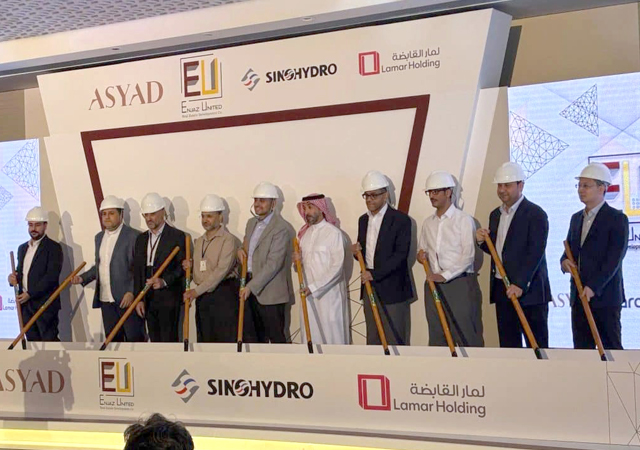

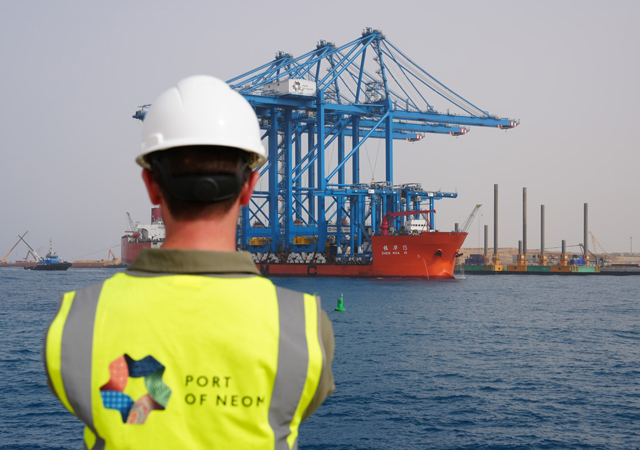
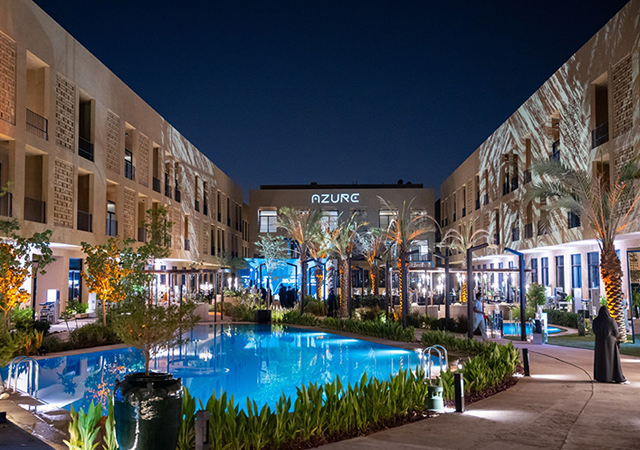
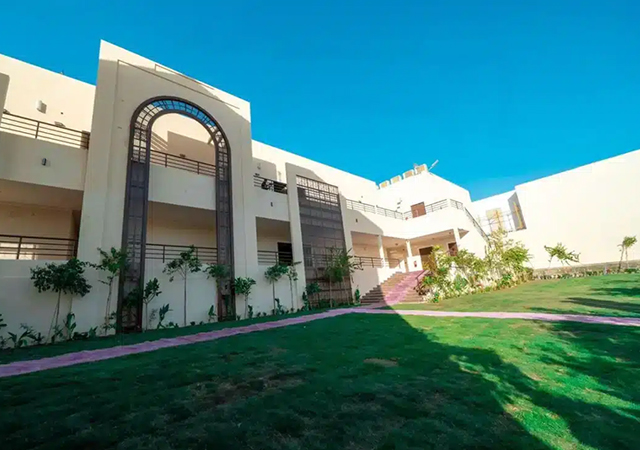

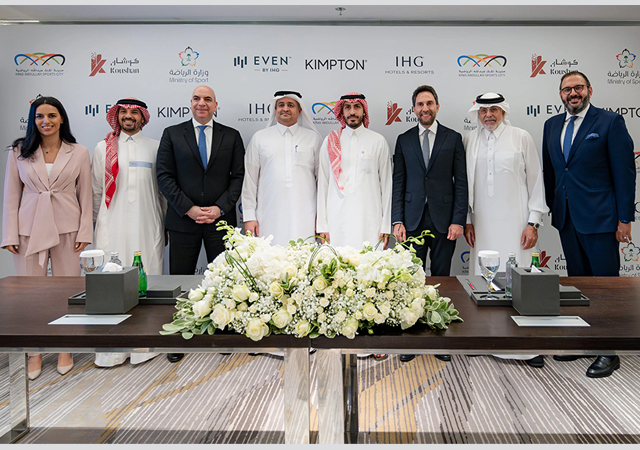

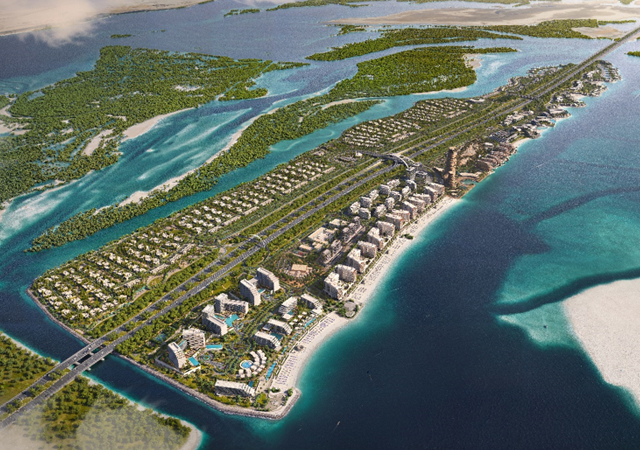

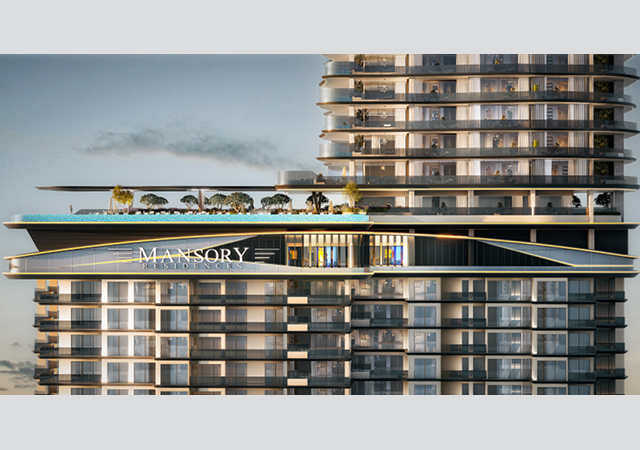



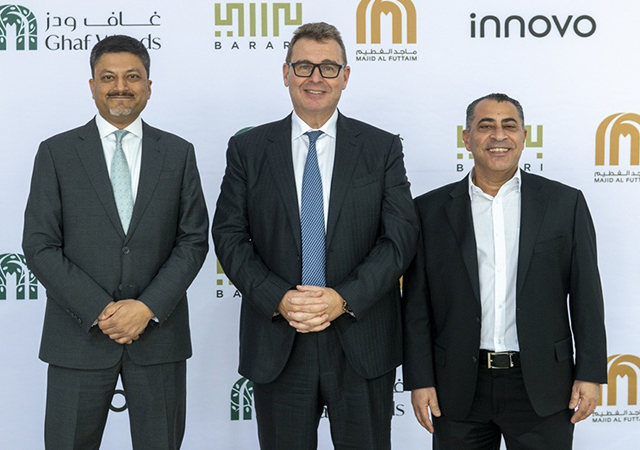

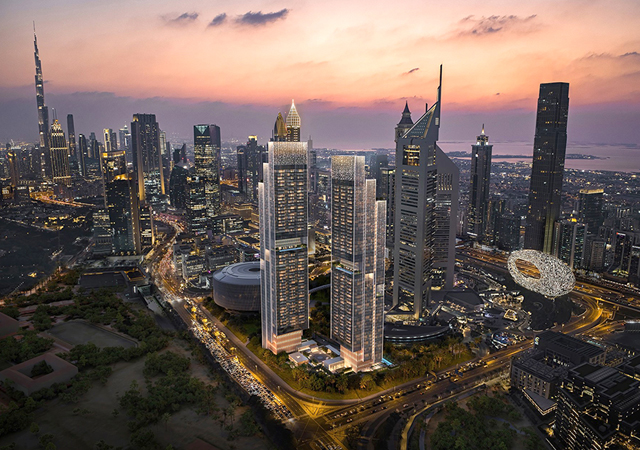
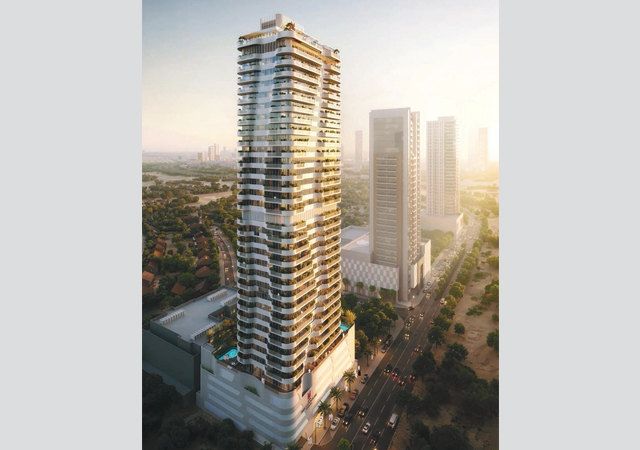
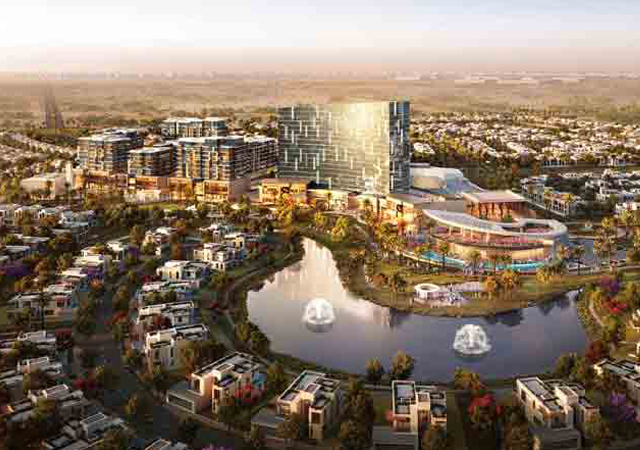

.jpg)


